
How To Diagnose & Treat Cannabis Nutrient Lockout
Did you know that a common cause of nutrient deficiencies in cannabis is nutrient lockout? Keep reading to learn more about nutrient lockout, why it occurs, and how to best treat it to ensure a successful cannabis harvest.
Nutrient deficiencies can be troubling enough for most cannabis growers. Unfortunately, behind nutrient deficiencies can sometimes lie a much more complex problem: nutrient lockout. Effectively stripping plants of their ability to absorb nutrients, nutrient lockout slowly starves your weed crop of the energy it needs to stay healthy and abundant. In this article, we'll teach you how to both identify and treat nutrient lockout to get your plants back on the road to recovery ASAP.
What is nutrient lockout?
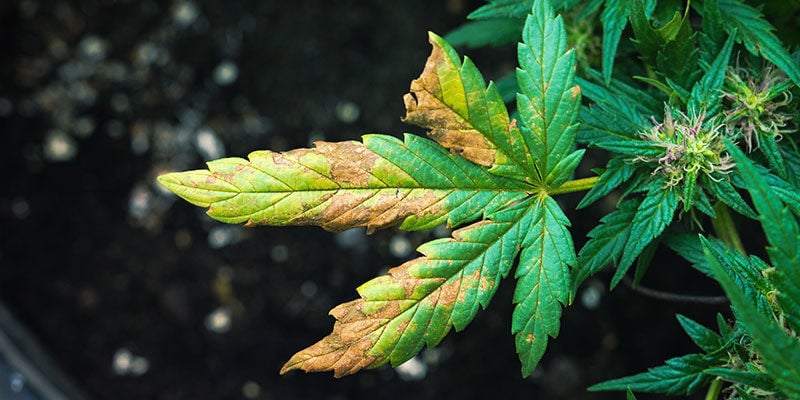
Nutrient lockout occurs when a plant cannot take up nutrients via its roots, resulting in nutrient deficiencies, stunted growth, and, in extreme cases, the death of a plant. The signs of nutrient lockout are the same as those of a nutrient deficiency, mainly discoloured foliage and stunted growth. With nutrient lockout, however, the nutrients a plant needs are present—the plant simply isn't able to absorb them.
What causes nutrient lockout?
Nutrient lockout can have several causes, including:
- pH imbalance: pH imbalance is the most common cause of nutrient lockout. Nutrients are only available to plants at certain pH levels, so when the pH of a plant's soil, water, or feed falls or rises above the ideal range (for cannabis, that's 5.8–6.5 depending on whether you're growing in hydro or soil), the plant is unable to take up nutrients via its roots, even if they are present. Signs of nutrient deficiencies typically set in soon after.
- Overfeeding: Arguably the second-most common cause of nutrient lockout in cannabis plants is overfeeding. Plants can only take up a certain amount of nutrients—any excess gets left behind in the soil. Continuous overfeeding or the extended use of premixed chemical fertilisers (which are rich in sodium) can cause salt or excess nutrients to build up around a plant's root zone. These chemicals can interact with those in a plant's medium and fertiliser and, over time, interfere with a plant's ability to feed properly.
- Nutrient imbalance: Nutrients can interact with one another, potentially increasing or decreasing their availability to plants. Organic matter such as humus, for example, can coat and interfere with phosphorus binding sites in soil, increasing phosphorus availability to plants. In the same way, poorly prepared fertilisers or soils with nutrient imbalances can decrease the availability of nutrients to plants, causing lockout.
- Overwatering: Overwatering is a common problem, especially among rookie cannabis growers. Besides potentially killing a plant by literally drowning its roots, overwatering can also contribute to the buildup of salt and other minerals in a plant's medium, which, over time, may cause nutrient lockout.
Signs of nutrient lockout
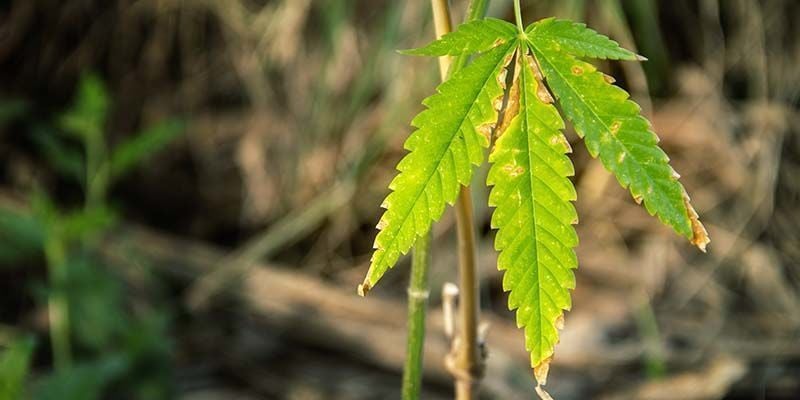
Nutrient lockout in and of itself does not have any signs or symptoms. Instead, it causes nutrient deficiencies, which typically produce symptoms such as:
- Discolouration, such as yellow or rusty, spotted leaves. Some nutrient deficiencies may also cause purple or red stems.
- Curled, twisted, or otherwise distorted leaves.
- Stunted or abnormal growth.
- Dying leaves.
How to fix nutrient lockout in cannabis
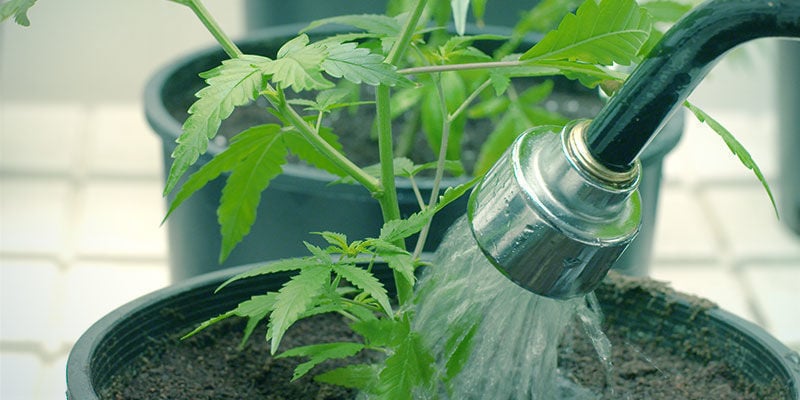
If your cannabis plants are developing some or all of the above symptoms even though you're feeding them, chances are you're dealing with nutrient lockout. In that case, you'll want to identify the underlying cause of the lockout and address it as quickly as possible. Below you'll find instructions on how to do this in both soil and soilless setups.
Identifying the cause of nutrient lockout
- Start by ruling out a pH imbalance in your nutrient solution or water. Ideally, you should be measuring the pH of your water and fertiliser every time you water/feed your plants. If you haven't been doing so, measure the pH of your water and feed using a pH meter or test kit. If either one falls outside of the desirable range for cannabis, this could be the cause of your nutrient lockout.
- Next, you'll want to measure the EC (electrical conductivity) of your water using an EC meter. The water you give your plants should have an EC of 0.400–0.600ms—this is considered soft water with very few minerals, ideal for watering plants. If your water measures above 0.800ms, however, you should change the water source you use for your garden, as the water is too "hard" (i.e. rich in minerals) and may be contributing to a buildup of minerals in your medium, as well as potential chemical reactions between the nutrients in your fertiliser—all of which could all be contributing to the lockout your plants are experiencing.
- Now, you'll want to rule out the presence of any kind of mineral buildup around your plant's roots. To do this, you'll want to measure the EC of your runoff. If the runoff has a higher EC measure than the water you tested in step 2, this is indicative of a buildup of nutrients at your plant's roots—a common cause of nutrient lockout.
- Finally, you'll want to measure the pH of your soil. To do this, either stick a pH meter (available at gardening centres and grow stores) in your soil or, if you don't have a pH meter, water your plants with pH-adjusted water and use a pH measuring kit to test the runoff. If it measures far below or above 6.0–6.2, your soil pH is likely off.
Fixing nutrient lockout in soil
How you address nutrient lockout will vary depending on its cause. If the cause is either a pH imbalance or excess nutrients/minerals in the substrate, the best thing to do is to flush your plants. You can do this using pH-adjusted water or using flush mixtures (which can further help break down and remove excess nutrients and salts from soil). To flush your plant, you'll want to:
- Measure the EC of your water and ensure it's between 0.400–0.600ms.
- Drench your plant's soil until it is completely soaked—look for water pooling up near the topsoil.
- Wait 5 minutes to give the water a chance to absorb any excess nutrients.
- Water the plant again to help flush the stagnant water from the pot. The runoff should look brown and dirty.
- Test the EC of the runoff—it should read much higher than the EC of your flushing water.
- Repeatedly flush your plant until the runoff from its pot has an EC close to that of your water.
- Let the soil dry completely before watering your plant again.
If the pH of your soil is fine and EC readings of your runoff show no signs of nutrient buildup, your plant's lockout is likely caused by a pH or nutrient imbalance in your water or fertiliser. If that's the case, you may be able to rectify the situation by simply adjusting the pH of your water/solution or switching to better nutrients. To grow healthy plants without having to worry about nutrient lockout, we highly recommend switching to organic soil and nutrients.
Treating nutrient lockout in hydro and soilless grows
Treating nutrient lockout in a hydroponic system is a little more straightforward. Simply remove all the water from your reservoir and replace it with pH-adjusted water. If you want to take things a little further, consider cleaning your entire hydroponic circuit to help remove any built-up dirt, grime, or nutrients and give your plants a fresh start. Some growers also opt to gently wash or soak their plant's roots in a flushing solution to remove any nutrient buildup.
How to avoid nutrient lockout
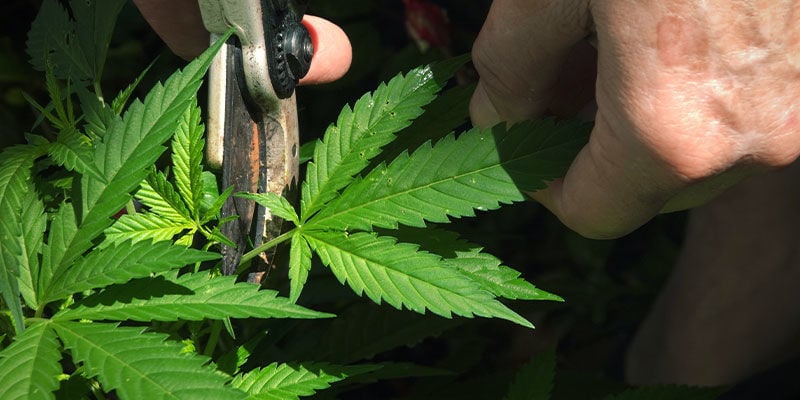
Nutrient lockout stresses your plants and interferes with their growth. Plus, rectifying the issue takes time, which can push back your harvest date—or, in the case of autos, reduce your yields significantly. Hence, the best thing to do is proactively prevent nutrient lockout from the get-go. To do this, try:
- Consistently measuring the pH and EC of your water, nutrient solution, and soil. This will help you avoid overfeeding and pH imbalances.
- Using reverse osmosis water. Using an RO filter greatly reduces contaminants in your water, helping to produce consistently clean water for your plants.
- Maintaining a vibrant and healthy soil ecosystem. Soil rich in beneficial bacteria and fungi is less likely to develop pH imbalances or nutrient/salt buildup.
- Switching to organic soils and nutrients. Nutrient lockout is far less common in organic cannabis gardens.
Can cannabis recover from nutrient lockout?
Nutrient lockout can greatly impact the health of your plants by preventing them from accessing the nutrients they need. Fortunately, if you're able to diagnose and address the issue quickly, your plants will make a full recovery.
-
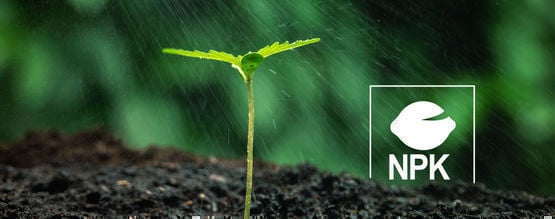 7 min
14 July 2022
How To Feed Cannabis Plants Nutrients
A healthy cannabis plant requires a pretty strict diet. Think of it a bit like a top-level athlete, and yourself as their nutritionist. Optimising food intake is key to getting the best results....
7 min
14 July 2022
How To Feed Cannabis Plants Nutrients
A healthy cannabis plant requires a pretty strict diet. Think of it a bit like a top-level athlete, and yourself as their nutritionist. Optimising food intake is key to getting the best results....
-
 6 min
1 April 2021
How To Make The Best Soil Mix For Growing Cannabis
Cannabis plants depend on soil rich in nutrients and beneficial microbes. Discover how to make the perfect soil mix below. Your plants will thank you!
6 min
1 April 2021
How To Make The Best Soil Mix For Growing Cannabis
Cannabis plants depend on soil rich in nutrients and beneficial microbes. Discover how to make the perfect soil mix below. Your plants will thank you!
-
 3 min
24 January 2021
Comparing Liquid Nutrients Vs Granular Nutrients
There are plenty of anecdotes about what works best for cannabis plants, and everyone you ask will have their own techniques and tricks. But there is one common connection that links them, and...
3 min
24 January 2021
Comparing Liquid Nutrients Vs Granular Nutrients
There are plenty of anecdotes about what works best for cannabis plants, and everyone you ask will have their own techniques and tricks. But there is one common connection that links them, and...
-
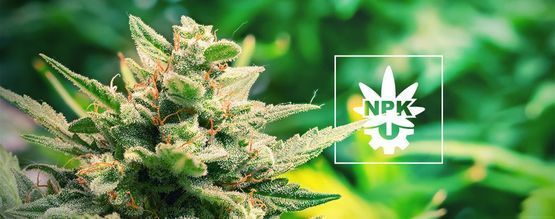 3 min
27 June 2020
Do Autoflowers Need Nutrients?
Since autoflowers have different growing requirements than photoperiod cannabis, many growers wonder if their nutrient requirements are different too. Indeed, there are some important things to...
3 min
27 June 2020
Do Autoflowers Need Nutrients?
Since autoflowers have different growing requirements than photoperiod cannabis, many growers wonder if their nutrient requirements are different too. Indeed, there are some important things to...
-
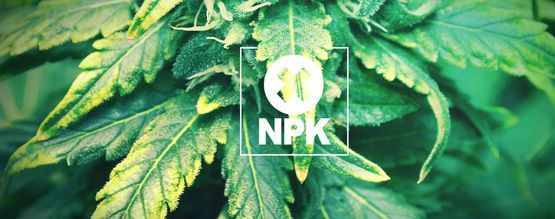 10 min
13 June 2019
Macro And Micronutrient Deficiencies Explained
Every grower needs to know about macro and micronutrient deficiencies. Ignorance could literally kill your cannabis plants. There are no emergency rescue cannabis services to call on if things go...
10 min
13 June 2019
Macro And Micronutrient Deficiencies Explained
Every grower needs to know about macro and micronutrient deficiencies. Ignorance could literally kill your cannabis plants. There are no emergency rescue cannabis services to call on if things go...
-
 6 min
5 September 2018
What Is Recycled Organic Living Soil (ROLS)
ROLS techniques allow you to create a self-sustaining soil biosphere in your garden. Save money on pesticides and fertilisers, improve the health of the environment, and enhance the quality of your...
6 min
5 September 2018
What Is Recycled Organic Living Soil (ROLS)
ROLS techniques allow you to create a self-sustaining soil biosphere in your garden. Save money on pesticides and fertilisers, improve the health of the environment, and enhance the quality of your...









 United States
United States













